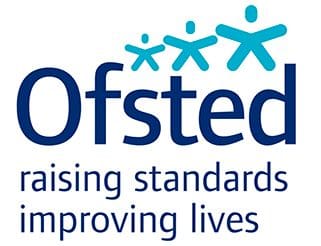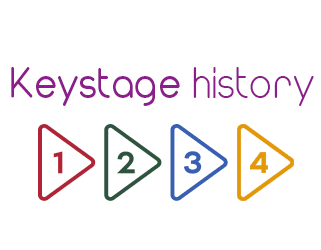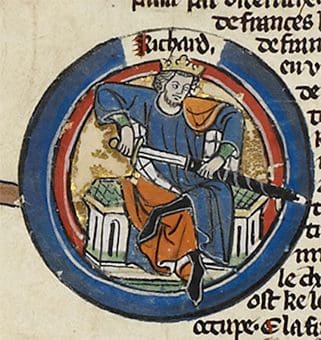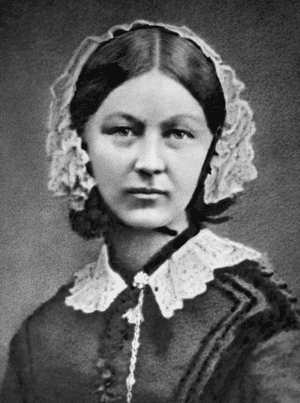
It may seem odd that I’m still peddling advice on how to plan a primary history topic when schools have been doing this for the national Curriculum for nearly 30 years and with the 2014 curriculum for at least 4 years. So why bother? Well, the reason is because planning is complex. The specious divide between knowledge rich and enquiry based has only served to muddy the waters. How I see it we need to be bold and to establish just 6 principal areas of content that are central to a worthwhile study of theta period of the past. I have plumped for 6 because I know that this is the number that fits best within the tight time constraints that teachers face. Too many and nothing gets done well: too few then you run the risk of losing focus and pupils becoming disengaged.
Now, for each area of content you need to establish the main history concepts that you want pupils to understand. Is the content well suited to causation, continuity and change or to exploring original sources. Is there scope to explore contrasting interpretations. If not, don’t force it. So, you need to choose the concepts that best fit the content. If you can’t think of how to develop a particular concept within a topic, just leave it out and pick it up in the next topic.
Having matched a concept, or two to an area of content the best way to bring the two together in the classroom is undoubtedly through an enquiry-based open-ended key question. Work hard at making these interesting, motivating and if possible perplexing. For example, When there were so many fires in London at that time, why did the great Fire burn down so many more houses? If the Persians massively outnumbered the Athenians at the battle of Marathon how on earth did the Athenians end up winning?
You will see from the numerous reviews on the site that teachers how found that this approach to planning has transformed pupils’ learning and their interest in history. It has motivated teachers too as at last they can see an intellectually rigorous approach that relieves them of the impossible job of ramming a barrage balloon of content into a Gladstone bag of time, whilst simultaneously allowing them to develop worthwhile historical skills and all-important conceptual understanding in their now more receptive pupils.
Why don’t you browse through all the outstanding lessons to see the range of motivating key questions that tie content to concept really effectively. And its not just me that says so. All the lessons are judged as outstanding by an experienced OFSTED primary history inspector over a number of years.






